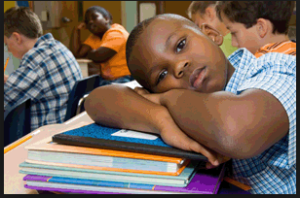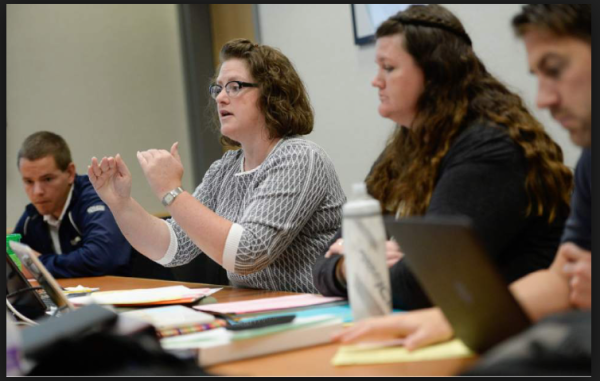
This is the time of year when schools report a rise in problem student behavior. Many parents will agree that they also have to deal with the same problem at home. The bad news is that this happens every year. The good news is that there are proven strategies that can greatly reduce problem student behavior and keep the seasonal feeling of “good cheer” for every one.
First let’s take a look at a couple of the root causes. The months of November, December and January are when school calendars have the majority of instructional breaks. Depending upon your school district, teacher inservice days and holidays account for as many as fifteen days during these there months. This break in the daily routine may impact students both socially and academically. From a social standpoint, when a child does not have normal contact with their peer group they may experience this as a loss. This loss may look to parents as if students are sullen, withdrawn, or moody. At school, the impending loss of peers may cause students to demonstrate anxious almost manic behavior that can appear to be contagious.
Another reason for the rise in problem student behavior is anxiety about the break itself. For many students, Thanksgiving and Christmas are annual holidays with great memories of tasty food, loving family and terrific gifts. But for many students, the holidays are about hunger, strained relationships and empty promises. Consider how it feels for a student to hear their classmates discussing their holiday plans knowing that little to nothing is waiting for them. These feelings may be demonstrated as embarrassment, jealousy, sadness or as anger.
To successfully support students through this time of year, there are a few things that school staff and parents can do. The most important strategy for adults is to continue to expect high standards for student behavior. While we understand why students may demonstrate problem behavior, we should never lower our expectations for their best performance. There is a tendency during this period for adults to relax our behavioral standards. But when students do not live up to our expectations, we become angry. When we become angry, we may say things that we do not mean and apply severe punishment for normal student behaviors. To prevent problem student behavior, school staff and parents must provide daily reminders to themselves and to the students to finish strong.
Another strategy is to increase the rate of verbal praise to students for the expected positive behaviors. But most importantly, look for opportunities to give students verbal praise for their behavior. Catch them being good. Individual and group praise should never be overlooked. During the excitement of the holidays, students may have very short attention spans. The increased reminders and verbal praise is a positive way to keep them focused and remind them of boundaries.
A final strategy, is a simple one. Talk about it. During class or in the evenings, help students acknowledge their feelings. Let them know that this time of year can be tough for everyone. Before, during and after school breaks plan activities which will allow students to connect with peers in a positive manner. But most importantly, adults must make the time to genuinely connect with students. Education is about relationships.








